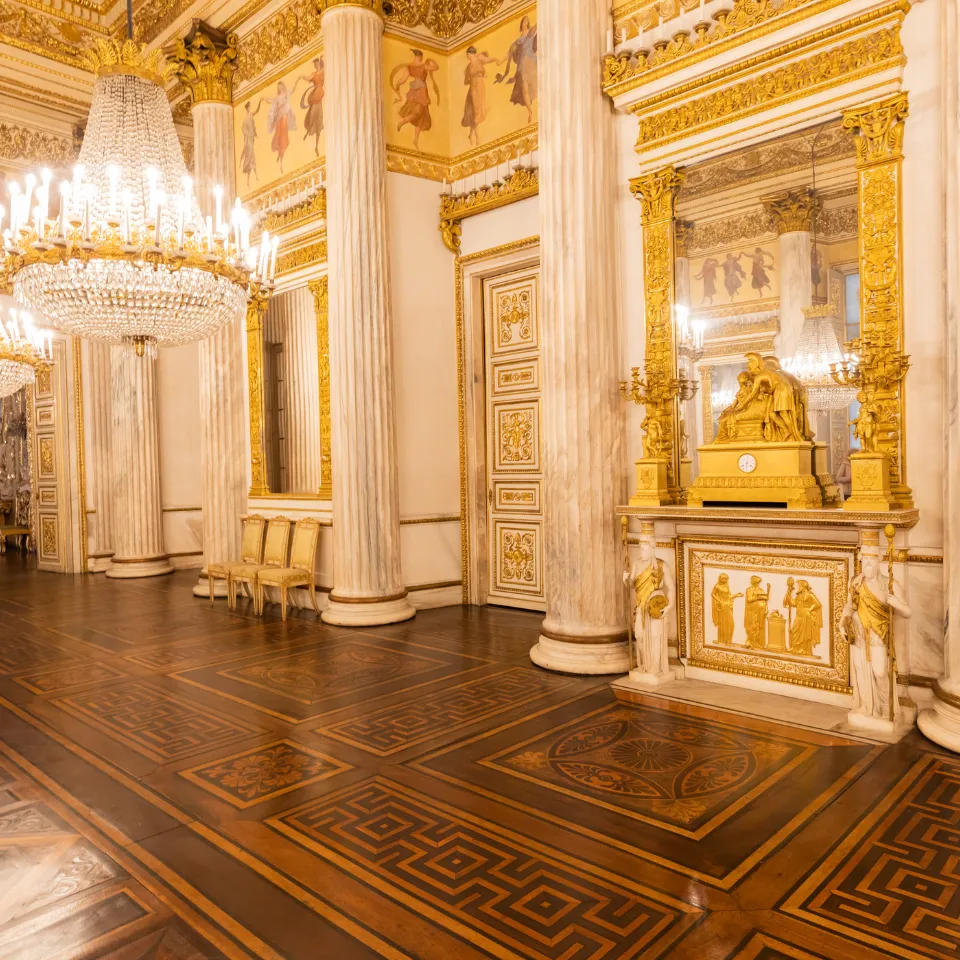
Secret Rooms in Luxury Homes: Design & Safety
From ancient castles to contemporary luxury homes, secret rooms and passageways have always captured our imagination. These concealed spaces, seamlessly woven into a home's architecture, have played pivotal roles in historical events, offering refuge or acting as discreet meeting places. Literature and movies have further romanticized these hidden enclaves, portraying them as realms of mystery, intrigue, and adventure. The enduring attraction of such spaces is not just their covert nature but also the allure of the unknown, beckoning the thrill of discovery.
The Benefits of Having Secret Rooms and Passageways
In today's fast-paced world, having a personal sanctuary within one's home offers unparalleled peace. Secret rooms and passageways give homeowners unique opportunities to carve out private spaces tailored just for them. These hidden alcoves can serve as intimate reading nooks, meditation zones, or spaces to unwind away from the world's prying eyes. Their concealed nature ensures an undisturbed serenity, allowing residents to retreat and recharge.
On a more practical note, these clandestine spaces offer a unique way to increase privacy on your luxury property. They can be tailored as secure storage areas, safeguarding precious belongings from threats or damage. Beyond practicality, these secret chambers infuse homes with delightful surprises. Ordinary house tours can transform into enchanting journeys of discovery. Picture the sheer wonder on guests' faces, particularly children, when what appears to be a typical bookshelf pivots to unveil a secret playroom or a nostalgic arcade. These hidden gems enhance the home's distinct character and ensure that every visit remains etched in memory as a magical experience.
Getting Started: Planning and Design Considerations
Defining their primary purpose is crucial before diving into the construction of secret areas. Will it be a speakeasy-inspired entertainment lounge, a fortified security chamber, or a clandestine storage vault? Each purpose presents unique design challenges and considerations. For instance, an entertainment space might require soundproofing, while a security room might prioritize reinforced walls. Understanding the intended use ensures the design caters to specific needs and functionalities.
The quest for the perfect location within the home is paramount. Proximity to frequently used areas might offer ease of access but could compromise concealment. You cannot overlook the structural integrity of the chosen spot, as some house areas might not be feasible for modifications. And once you find the spot, the fun part begins: choosing concealment methods.
Popular Types of Secret Rooms to Consider
Home libraries stand out as timeless classics in the realm of hidden spaces. Beyond their aesthetic appeal, these rooms can offer even more intrigue with concealed compartments. Imagine pulling out a particular book to reveal a tucked-away treasure or a secret door leading to another realm within the home. On a more indulgent note, speakeasy-style bars transport homeowners and guests back to the Roaring Twenties. It provides a secluded spot for covert cocktails and lively conversations away from the main living areas.
For those prioritizing safety, panic rooms offer an impregnable haven during emergencies, designed with state-of-the-art security features. Meanwhile, playrooms masquerading as regular spaces for households with childrencan transform into whimsical hideaways, sparking creativity and wonder. And for the crafters and hobbyists, a secluded spot keeps their passion projects undisturbed, offering solace away from daily disruptions.
Tips for Integrating Passageways Seamlessly
Crafting a secret passageway is as much an art as a science. One effective approach is utilizing a home's existing structures. Chimneys, for instance, often have unused spaces alongside them, perfect for crafting concealed corridors. Wardrobes, reminiscent of tales like "The Chronicles of Narnia," can act as doorways to hidden rooms, blending effortlessly into bedroom settings.
However, while these traditional methods are charming, you shouldn’t overlook modern solutions. Today's technology enables homeowners to use electronic access systems, making passageway entrances secure and sophisticated. Beyond structure and security, aesthetic integration is paramount. Matching or complementing the existing decor is essential when designing the hidden entrance.
Safety Considerations
Safety remains paramount, especially when you aim to turn your house into a home by decorating your new home after moving. Integrating these rooms should not compromise on vital aspects like ventilation. Concealed spaces, especially those tucked away in the home's interior, can become claustrophobic and stuffy, posing health challenges if they lack proper air circulation. Ensuring sufficient airflow is crucial not only for sheer comfort but also to ward off potential issues like mold, guaranteeing a healthy and breathable environment in every corner of the house.
Equally important is the integration of failsafe exit mechanisms. In the event of a malfunction or emergency, occupants should be able to exit the secret space quickly and safely. Furthermore, when creating these spaces, it's essential to comply with local building codes and regulations. Such adherence ensures that the home's integrity remains uncompromised and that the secret spaces are secure and safe for use.
Getting Professional Help: Working with Architects and Builders
The intricate nature of designing and constructing secret spaces demands expertise. While the idea might sprout from a homeowner's imagination, translating it into a functional, safe, and aesthetically pleasing space requires the skills of seasoned professionals. Architects and builders with experience in this niche can anticipate challenges, provide solutions, and ensure the seamless integration of these hidden spaces within a home's overall design.
When seeking such professionals, thorough research and due diligence are key. Seek recommendations, review portfolios, and ensure they have experience integrating secret spaces and smart features for luxury homes. A competent expert will realize your envisioned space and guide homeowners through various technical choices. Their expertise ensures that the result not only enchants but also stands the test of time, encapsulating luxury and function.
Conclusion
Integrating secret rooms and passageways into your dwelling offers a thrilling avenue to explore the home's untapped potential. These covert spaces enrich your living experience and enhance your property's value. Embrace the allure of the concealed, and let your luxury home resonate with unique charm and sophistication.
Image via Pinterest.

